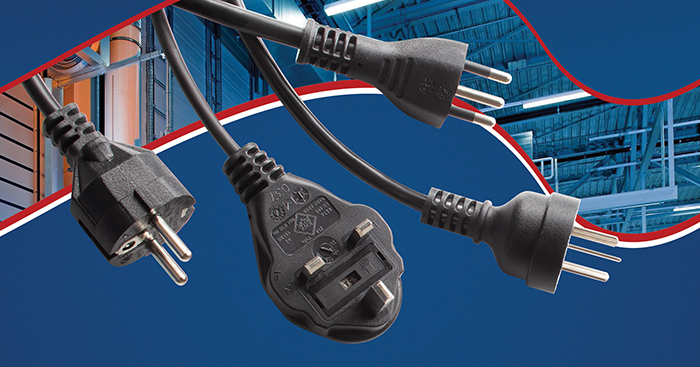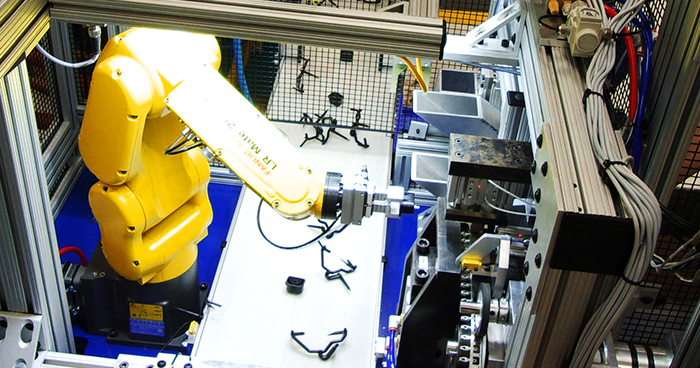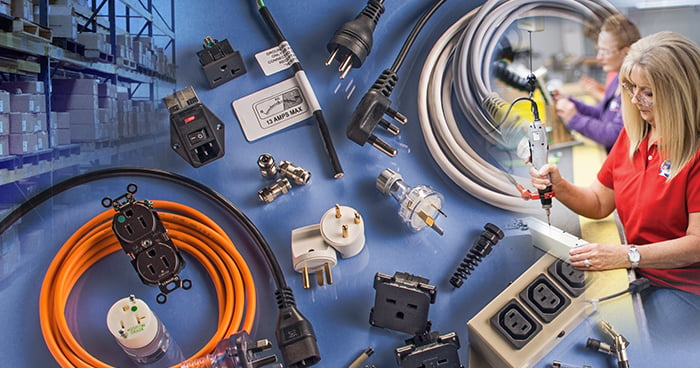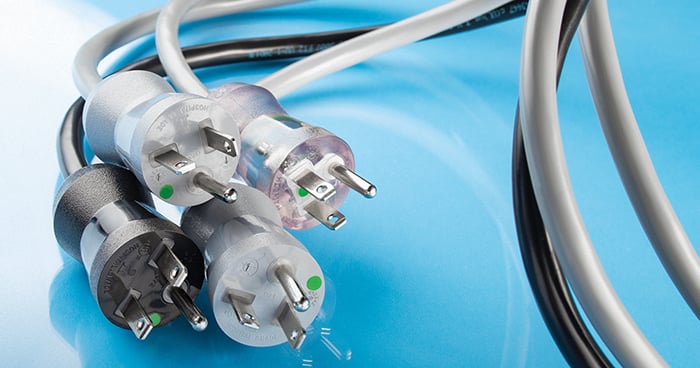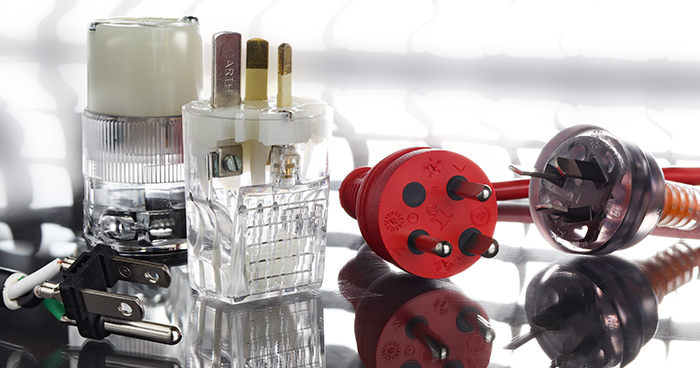Recent Posts
Four Key Decisions in Selecting Country-Specific Cords & Cord Sets
Posted on 3/21/23 11:31 AM
The selection of country-specific power cords and cord sets is vital for manufacturers and exporters as to ensure compliance with country-specific plugs and power cords, North American and international cable, and components. Choosing a cord or cord set usually involves five steps:
Interpower Adds New IEC 60320 Automated Production Cell as Lead-Times Soften
Posted on 2/20/23 3:05 PM
Interpower has installed a new automated contact insertion cell to ramp up production of IEC 60320 Sheet F and Sheet J outlets at its headquarters in Oskaloosa, Iowa.
Electrical Cord & Component Manufacturing, Accessory Power, and Warehousing
Posted on 1/23/23 8:35 AM
Topics: designing for export, Accessory Power, supply chain, Global Markets
Interpower® Healthy Hospital-grade Power: NEMA 5-15, 5-20, 6-15, & 6-20 Cords
Posted on 12/22/22 8:30 AM
So, how are hospital-grade cords like bottlenecked supply chains? The longer the cord or the chain, the slower the “cargo” is transported whether electrons or goods.
Topics: Designing for North America, hospital-grade cords, North American Hospital-Grade Cords, Hospital-Grade Testing
From Bare Wire to Eye-candy Resins—An American Electrical Cable and Cord Set Manufacturer Holds the Line
Posted on 11/21/22 8:21 AM
Before cord sets are ready to be boxed for shipping, the colorants used in the resins, and the shiny brass and alloys of blades and pins may often resemble an electrical work of art that catches the eye—especially the orange and red cord sets preferred by Australian and Denmark hospitals respectively. Or maybe it’s a clear molded plug, or a hand-wired plug where one can see inside to tell whether every wire retains electrical continuity around the stainless steel ring that binds the conductors. Even standard colors like black and gray offer a semblance of eye candy while manufactured to carry hundreds of volts to equipment across multiple environments.
Topics: cable, USA Made Products, product development





